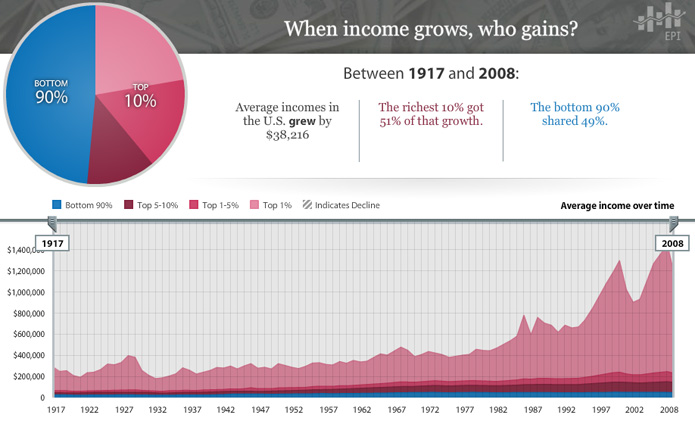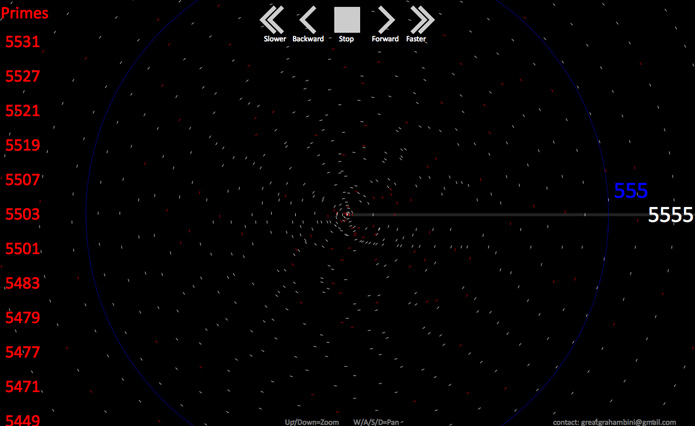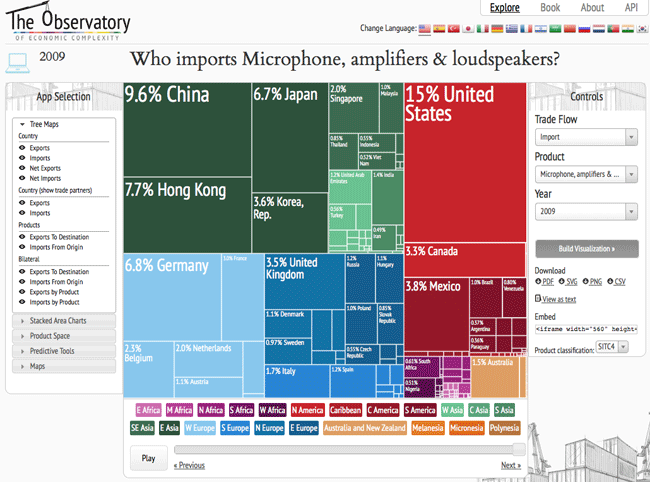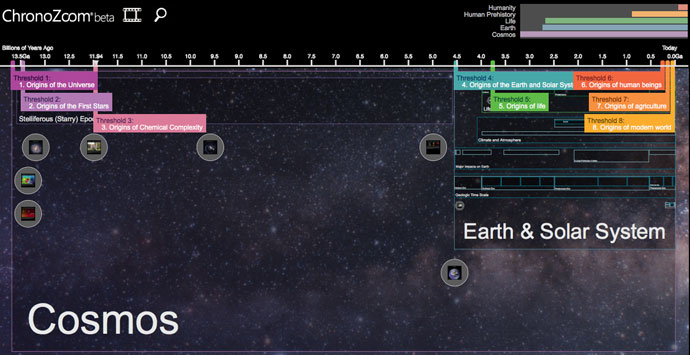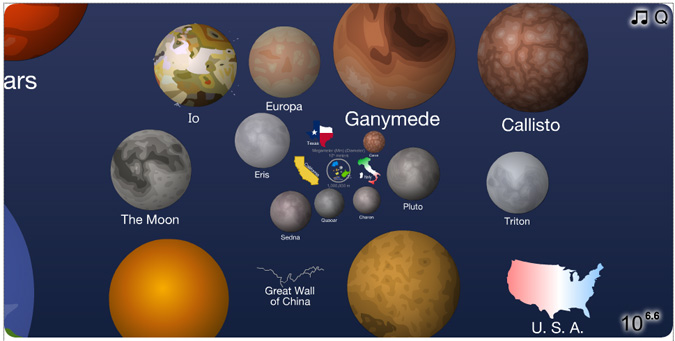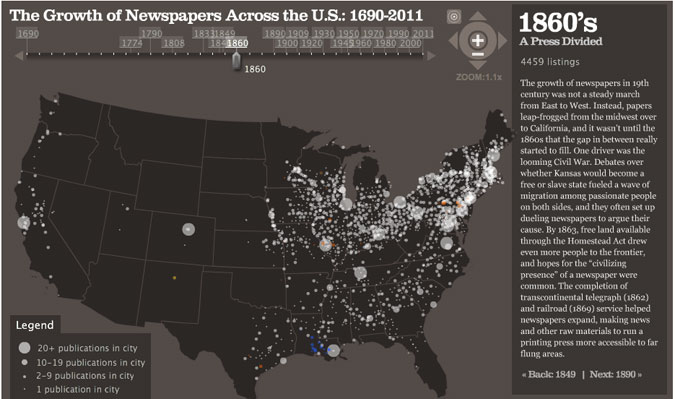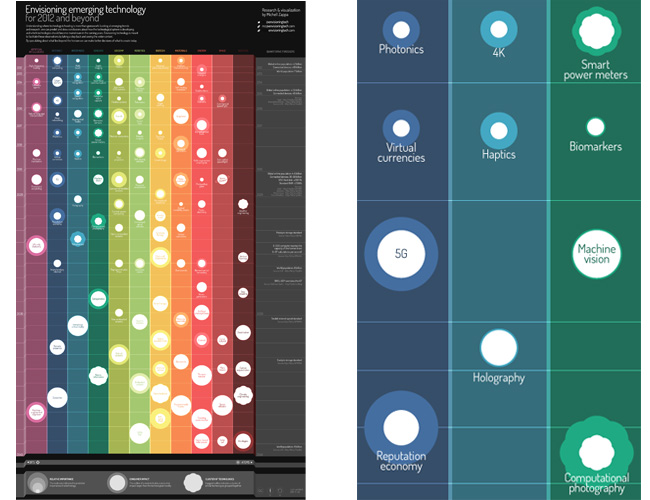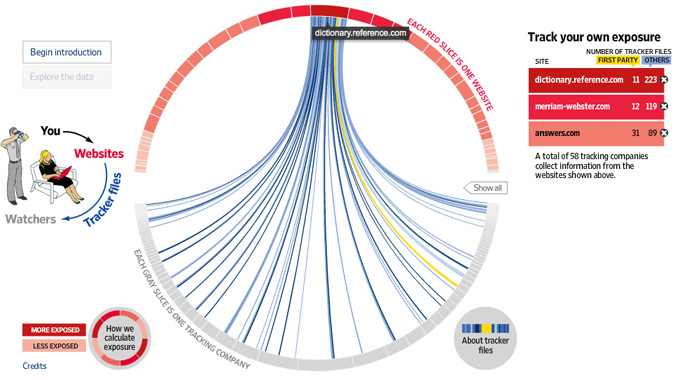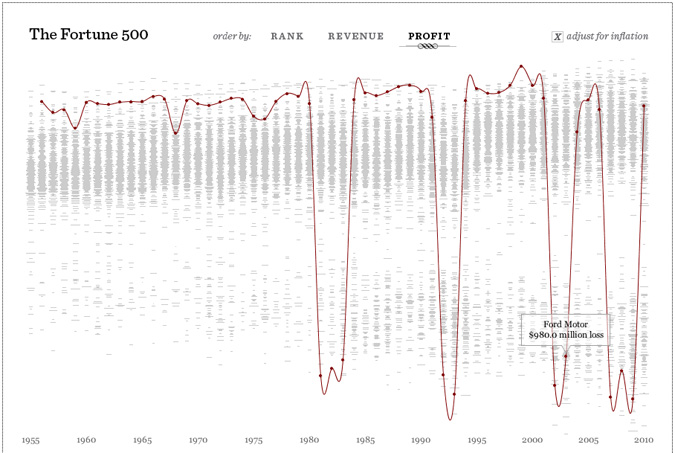In 2008, two institutions with profoundly unfortunate names were taken over by the federal government. Known as Fannie Mae and Freddie Mac, they owned or guaranteed half of the entire U.S. mortgage market at the time and their subsequent rescue represented “one of the most sweeping government interventions in private financial markets”… “in decades”.
Who were the captains of this Titanic? Who let them behind the wheel? Though not the most glamorous of posts, as government-sponsored enterprises, they were unsurprisingly stocked with people who were in the government. Below we have a venn diagram (one from a larger set created by geke.us) showing a selection of people from both sides of the fence equation.
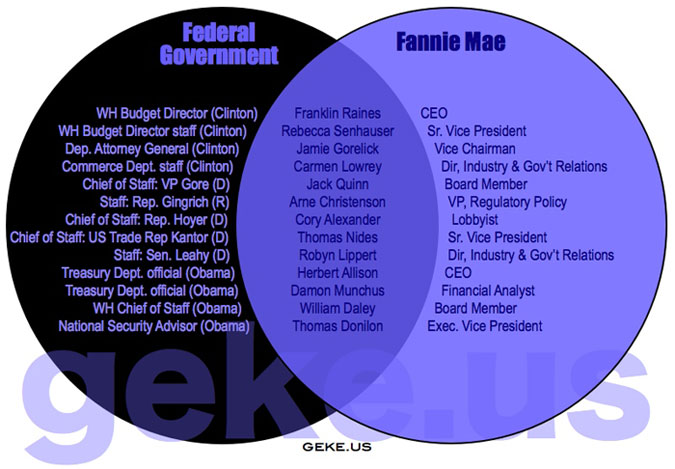 (click for venn diagram collection)
(click for venn diagram collection)
That’s the tip of the iceberg though. Let’s see who on this list comes up in the NNDB Mapper, a very fun tool for mapping the links between people, companies and events ranging from Rihanna to the Funeral of Richard Nixon.
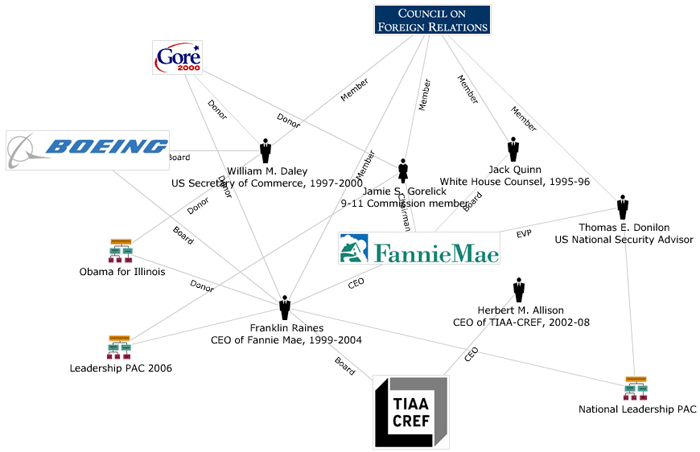 (click for NNDB interactive version)
(click for NNDB interactive version)
Okay, we got 6 out of 13. Above we have the connections they share. Now let’s look at everyone associated with Fannie Mae.
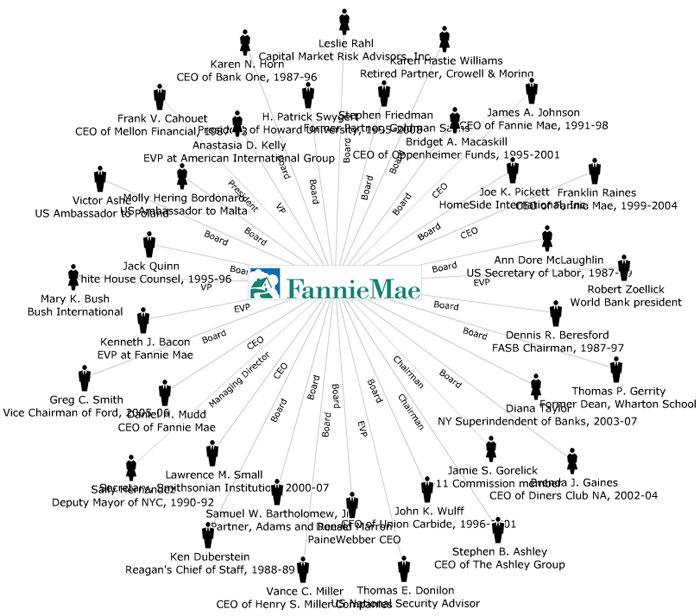 (click for NNDB interactive version)
(click for NNDB interactive version)
Mainly board members and CEOs. But what happens if we blow out all of their nodes?
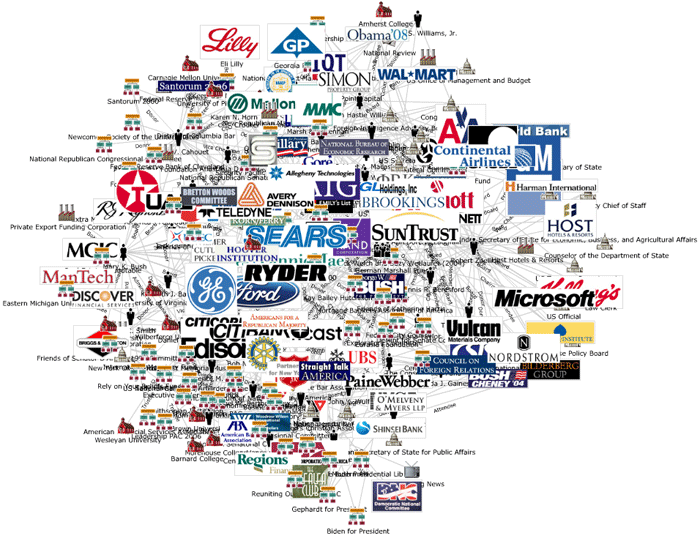 (click for NNDB interactive version)
(click for NNDB interactive version)
We get a picture. A picture of the myriad influences and connections that led to a spectacular failure.
The End.
[
Venn diagram via
Infoplasm]










